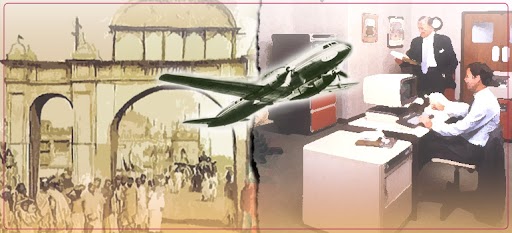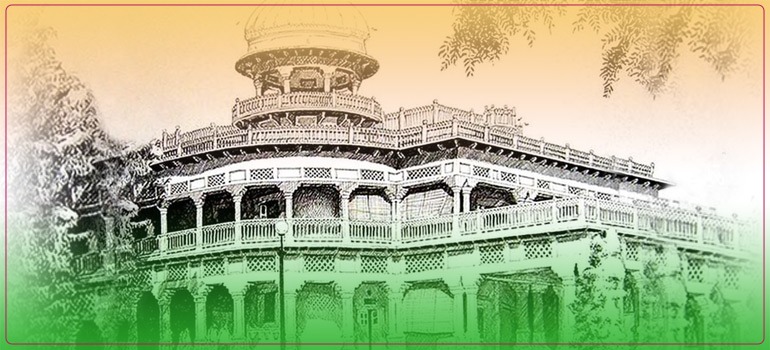Our member Mr. K. K. Dasgupta braved through unfathomable challenges of the tumultuous times of war, and the Bengal partition. Beyond those testing times life was gracious and smiled on him.
I was born in Comilla an ancient city which was part of Tripura, now in East Bangladesh, at my maternal uncle’s house. Later I shifted to our own house in Noakhali. But when I was around 7 to 8 years old upheavals started there. I could see military trucks everywhere. The premonitions of war had started. I associated war with the military trucks. Our school was shut down permanently and was taken up as a military base and everyone was told to evacuate and leave the city. We shifted to my maternal uncle’s house, and my education which had just begun came to a stop.
Once the war was over, the riots began. Slogans were heard from everywhere, so it was eminent that something fierce was going on. Everyone had to go back to Comilla to my uncle’s house from Noakhali and after the war everyone came back again.
Then we heard about partition. It was my father’s instinct which made him foresee the worsening conditions and the closing down of our cotton mills at Comilla. His practicality had made him plan beforehand to start a business in Chowringhee, Kolkata. Just before the partition in May, 1947 he moved to Kolkata with my mother and took this house that we are staying in now, on rent. In the month of October 1947, I came to Kolkata via Assam. That was the only way to cross the border during those testing times. The path to Kolkata was not easy, barely clad, going through a lot of hardships, I somehow managed to reach my parents. Life was arduous to start from scratch. We also accommodated multiple relatives under one roof. We learnt during that phase to be compassionate and united.
Life doesn’t move the same way always and things looked up for me. Luckily, I got a scope to enroll myself in a school that too in class IX directly. From class IV to IX I practically didn’t have any education. In a year with tuitions, I could clear my school final exam as well. After my ISC exam, I got admission in Scottish Church college for BSc. After completing my graduation, I wanted to go abroad to study. I had no idea how to go and what to do. During that time, I applied in Glasgow and got through. Usually, people went abroad by ship but I flew to London. I received a telegram from the Indian High Commission welcoming me to London to facilitate my stay there for two days. Thereafter I went to Glasgow by train. The cottage that I was provided to stay had no heating facility and it was immensely cold at that time. I got in touch with the High Commission student welfare officer, he got my admission done in one of the Colleges of Technology. Then I met a Mechanical Engineering Professor who changed my life drastically. He made me ready for life, made me learn what lifestyle was all about, introduced me to good films, art etc. Thus, he taught me to balance between my studies and life.
Once I completed my Engineering a scope to join an International Exchange of Technical students came up. My professor asked me if I was interested to go to Yugoslavia for the exchange program, since language would be a barrier for me. But I readily agreed. Though the initial phase was hard later as I started learning their language and getting accustomed to the surroundings, it became one of the best phases of my life.
Even if my life had begun in the face of adversity and struggle, it is amazing how things had taken a beautiful turn and helped me explore places and culture beyond expectation.


